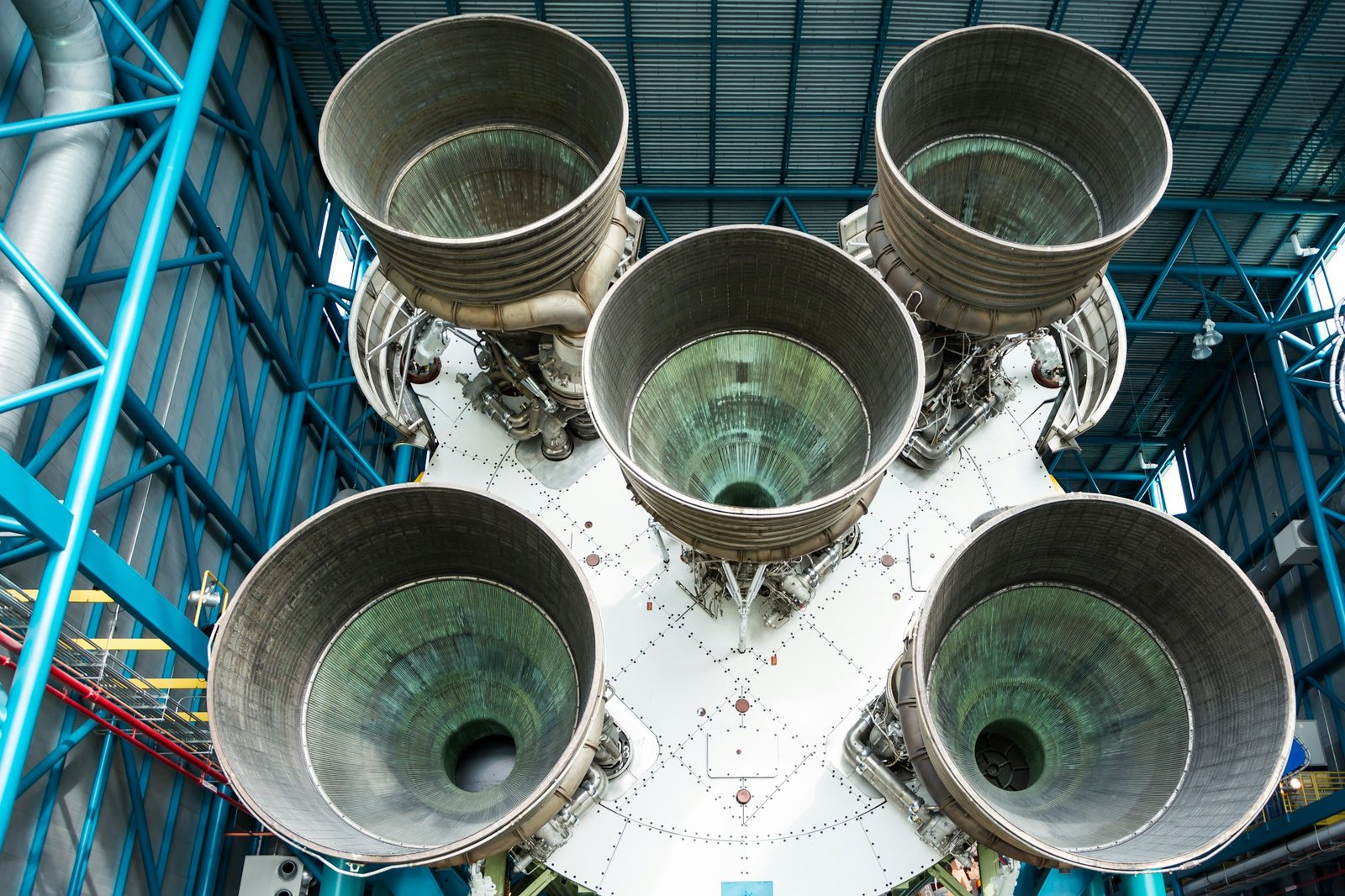Introduction to Rocket Propulsion
Rocket propulsion stands on the forefront of aerospace know-how, driving humanity’s exploration of space and enabling feats as quickly as thought unimaginable. At its core, rocket propulsion is determined by chemical reactions to generate thrust, propelling spacecraft previous Earth’s setting and into the cosmos.
The Chemistry Behind Rocket Propulsion
Rocket engines harness the power of chemical reactions to supply thrust by the expulsion of high-speed gases. There are primarily two types of rocket propulsion methods: liquid and powerful.
Liquid Rocket Engines:
Liquid rocket engines take advantage of liquid propellants, generally consisting of a gasoline and an oxidizer. These propellants are saved individually on the spacecraft and combined throughout the combustion chamber, the place they endure speedy chemical reactions, producing scorching gases that exit by a nozzle, producing thrust.
Sturdy Rocket Boosters:
Sturdy rocket boosters make use of robust propellants, which embody a mixture of gasoline and oxidizer sure collectively in a robust matrix. Upon ignition, the propellant undergoes combustion, releasing gases that exit by a nozzle, producing thrust.
Enhancements Driving Progress
Present developments in chemical capabilities have revolutionized rocket propulsion know-how, leading to larger effectivity, reliability, and adaptability in space exploration.
Inexperienced Propellants:
The occasion of environmentally nice propellants, typically referred to as inexperienced propellants, has gained traction throughout the aerospace enterprise. These propellants provide lowered toxicity and environmental have an effect on as compared with standard formulations, aligning with sustainability goals and regulatory requirements.
Additive Manufacturing:
Additive manufacturing methods, equal to 3D printing, have reworked the manufacturing of rocket components. This know-how permits the speedy prototyping and manufacturing of superior engine parts with precision and effectivity, leading to value monetary financial savings and accelerated enchancment cycles.
Extreme-Vitality Density Fuels:
Evaluation efforts are focused on rising high-energy density fuels with superior effectivity traits, equal to elevated explicit impulse and thrust-to-weight ratio. These superior fuels enhance the effectivity and payload functionality of rockets, enabling longer missions and extended exploration.
Thermal Security Applications:
Chemical capabilities delay previous propulsion methods to include thermal security provides that safeguard spacecraft all through reentry into Earth’s setting. Ablative heat shields and ceramic composites current thermal insulation, guaranteeing the safe return of astronauts and payloads by dissipating heat away from the spacecraft’s ground.
Future Outlook and Challenges
As aerospace know-how continues to evolve, fueled by developments in chemical capabilities, the long run holds promise for added innovation and exploration. Nonetheless, challenges equal to cost constraints, regulatory compliance, and the need for elevated safety and reliability keep key points throughout the enchancment and deployment of rocket propulsion methods.
FAQs:
1. How do rocket engines work?
- Rocket engines work by harnessing the facility of chemical reactions to supply thrust. Liquid rocket engines use liquid propellants that endure combustion in a combustion chamber, whereas robust rocket boosters make use of robust propellants that combust to generate thrust.
2. What are inexperienced propellants?
- Inexperienced propellants are environmentally nice choices to standard rocket fuels. They supply lowered toxicity and environmental have an effect on, making them further sustainable selections for space exploration missions.
3. How does additive manufacturing contribute to rocket propulsion?
- Additive manufacturing, or 3D printing, permits the speedy prototyping and manufacturing of superior rocket components with precision and effectivity. This know-how enhances design flexibility, reduces manufacturing costs, and accelerates the occasion of revolutionary propulsion methods.
4. What are thermal security methods, and why are they very important?
- Thermal security methods safeguard spacecraft all through reentry into Earth’s setting by dissipating heat away from the spacecraft’s ground. Ablative heat shields and ceramic composites current thermal insulation, guaranteeing the safe return of astronauts and payloads.
5. What are the challenges in advancing rocket propulsion know-how?
- Challenges in advancing rocket propulsion know-how embrace value constraints, regulatory compliance, and the need for elevated safety and reliability. Addressing these challenges requires ongoing evaluation, innovation, and collaboration all through the aerospace enterprise.

